Power Allocation Scheme for Throughput of NOMA Systems in 5G Networks
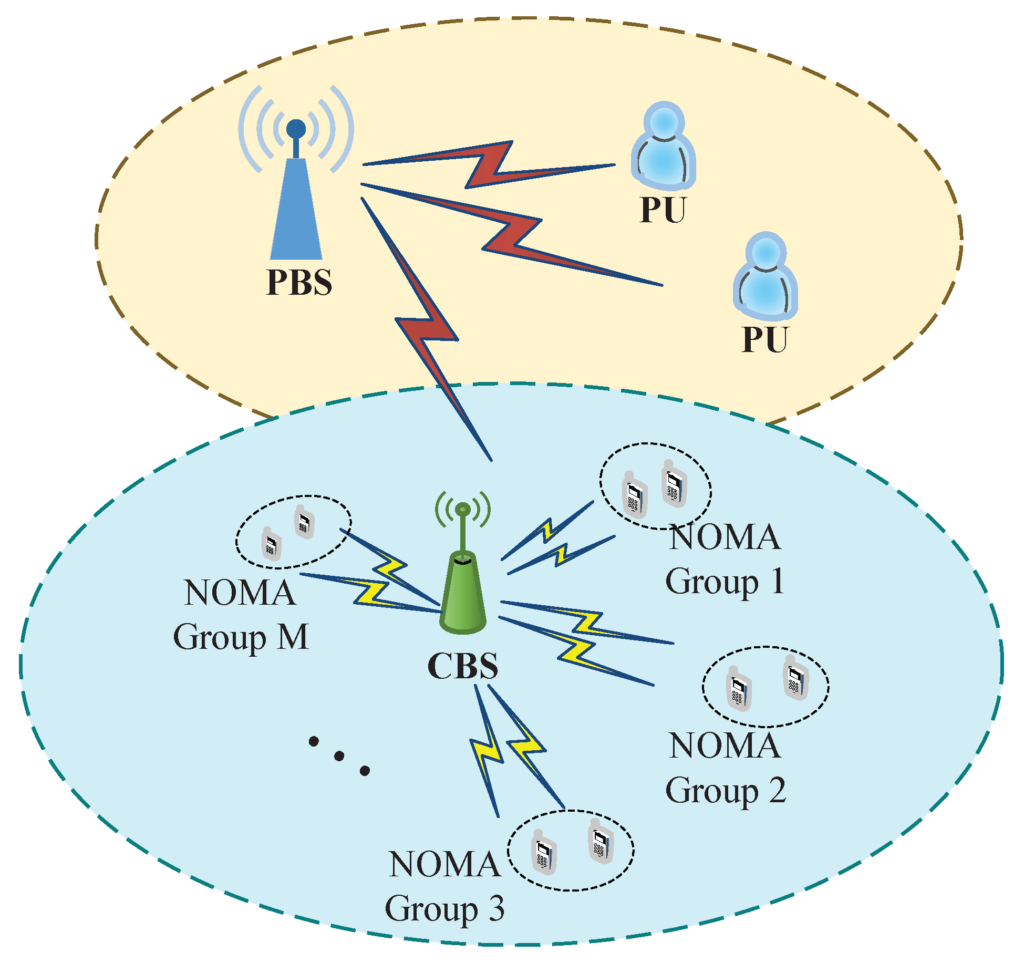
Author: Waqas Javaid
Abstract
This report investigates the design and implementation of power allocation schemes for improving the throughput of Non-Orthogonal Multiple Access (NOMA) systems in 5G networks. NOMA has emerged as a promising technology for enhancing spectral efficiency and supporting massive connectivity. By leveraging power-domain multiplexing through superposition coding (SC) and successive interference cancellation (SIC), NOMA allows simultaneous service of multiple users within the same frequency band. In this work, two power allocation strategies—Fixed Power Ratio Allocation (FPRA) and Fair Power Allocation (FPA)—are proposed and evaluated. The schemes aim to improve throughput performance while balancing fairness between users with different channel conditions. MATLAB simulations are carried out to analyze throughput trends under both allocation models. The results demonstrate that while FPRA offers simplicity and high throughput for users with strong channels, FPA provides a more balanced performance beneficial in scenarios demanding fairness. The report concludes that optimized power ratio selection is critical for achieving both high throughput and equitable user performance in 5G NOMA systems.
Introduction
In 5G networks, NOMA technology has been proposed as one of the multiplexing techniques that can increase the throughput while also adding throughput balance to the system [1], [2], [3]. In the NOMA downlink system, non-orthogonal signals are simultaneously transmitted to multiple users at the time, frequency, or code domain. Compared to conventional OMA, NOMA systems can serve a greater number of users while enhancing spectral efficiency [1], [2], [3].
The downlink NOMA system operates based on superposition coding (SC) at the transmitter (base station) and successive interference cancellation (SIC) at the receiver. SIC separates the combined signal and detects the intended message using the power levels assigned to the users. Power differentiation is critical for the successful decoding of signals, which depends on channel conditions and power assignment [3], [4], [5].
In practice, NOMA systems typically multiplex two users per channel to minimize SIC error propagation and reduce system complexity [6], [7], [8]. The multiplexing is determined by the channel gain and channel-to-noise ratio (CNR) of the users. Although various low-complexity power allocation methods have been studied, this work focuses on optimizing the power ratio between users to enhance system throughput while preserving fairness [9], [10].
NOMA System Design
In this design, two users share the same channel and are allocated with a different power: User 1 is the good channel condition and User 2 is the weak channel condition. The basic design of downlink NOMA is illustrated below.

Figure 1 illustrates the downlink NOMA system with two users, where it is assumed that the channel gain is ℎ1 > ℎ2. These two users share the same channel, where the channel power is denoted as .The transmitted signal for User 1 and User 2 is calculated as follows: where 𝑥1 and 𝑥2 are the date messages for Users 1 and 2, respectively. The power ratios 𝛼1 and 𝛼2 are assigned for User 1 and User 2, respectively. The received signal at User 1 and User 2 is described respectively as follows: where is 𝑤 the additive Gaussian white noise (AGWN). The channel gain of User 1 and User 2 are denoted ℎ1 and ℎ2 , respectively.
Superposition Coding (SC)
The SC is applied at the transmitter BS in downlink transmission [4],[15]. The SC is a technique to combine multiple users on the same radio resource as shown in Error! Reference source not found.

The messages are assumed to be 4-digit data for each user to simplify the system design. The BS sends the data as x1 = 0110 to User 1 who is experiencing a good channel condition and x2 =1010 to User 2 who is experiencing a poor channel condition.

You can download the Project files here: Download files now. (You must be logged in).
Figure 3, provides a graphical data view of the signals from 𝑥1and 𝑥2 in the BS using BPSK. The user’s data is indicated as 0 or 1 and described as between 0 to 1.

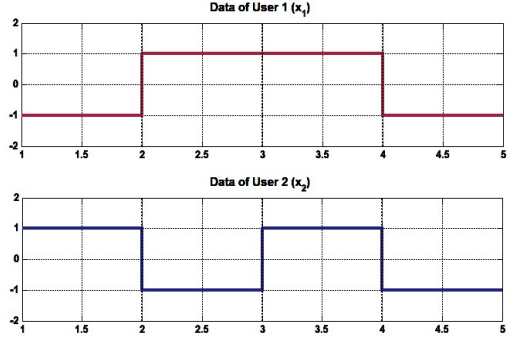
Figure 4, depicts the digital modulation on the data signals 𝑥1 and 𝑥2 before transmission. Modulation involves mapping the user’s data as 0 to -1 and 0 to +1. Thus, User 1’s data is mapped as -1+1+1-1, and User 2’s data is mapped as +1-1+1- 1. The peak amplitude of both 𝑥1and 𝑥2 is represented as ±1, where the data signals are mapped based on power units. The weighted power amplitude of 𝑥1 is scaled as √𝛼1 = √0.35 =0.591 and 𝑥2 amplitude is √𝛼2 = √0.65 =0.806 according to the FPRA. The data signal for User 1 and User 2 are calculated as follows:

Design Methodology
This work proposes two power allocation schemes for NOMA systems: Fixed Power Ratio Allocation (FPRA) and Fair Power Allocation (FPA). The FPRA scheme assigns power in fixed proportions to strong and weak users, typically giving more power to the user with weaker channel conditions. In contrast, the FPA scheme dynamically adjusts the power ratio to ensure throughput fairness.
A two-user downlink NOMA system is modeled, where User 1 (U1) has a stronger channel and User 2 (U2) has a weaker one. Let the total transmit power be P. The power allocation coefficient α (0 < α < 1) determines the power assigned to U2 (weak user), while (1-α) is given to U1. The decoding order is such that U1 decodes and cancels U2’s signal before decoding its own, due to its better channel condition.
The received signal at each user is modeled based on the channel gain, power level, and additive white Gaussian noise. The SINR (Signal-to-Interference plus Noise Ratio) is derived for both users. Theoretical expressions for throughput are calculated using the Shannon capacity formula:
MATLAB simulations were used to validate the design and evaluate performance under varying values of α.
Analysis and System Design
In this design, the NOMA system is created using MATLAB using a cell radius of 1000m. The system is simulated under Rayleigh fading coefficients, where the channel gain for the two users is calculated. The system design parameters are listed in the table.
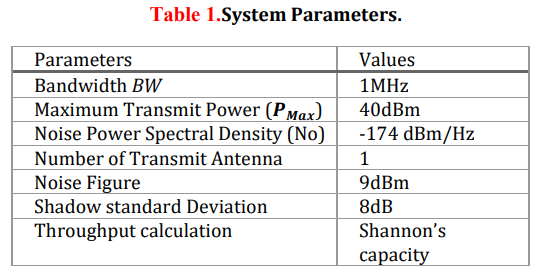
You can download the Project files here: Download files now. (You must be logged in).
Simulation and Output Results
Simulations were carried out using MATLAB to compare the throughput performance under FPRA and FPA schemes. For various values of α ranging from 0.1 to 0.9, the sum-rate and individual user rates were plotted.

In Figure 5, the system examines different FPRA coefficients to evaluate the rate for both users under perfect SIC. The power ratio is pre-defined as more power is allocated to the user with a weak channel condition which could be as low as 0.5 as high as 0.75. At the same time, the balance of the power ratio is assigned for the user with a good channel condition, with 0.25 being the lowest ratio and 0.5 is the highest. The power ratio can improve throughput for the high channel gain user at the expense of the throughput of the user with a weak channel gain. The crucial issue in NOMA is the selection of a power ratio that can relieve SIC complexity, which requires more power to the user with the weak channel gain. Furthermore, the user with weak channel condition should always get a power ratio of more than 0.50 which may improve the throughput for both users.

In Figure 6, the FPA marginally outperforms the FPRA scheme by 14% in terms of total throughput. FPA assigns power dynamically using the target rate as threshold and channel condition, while the FPRA is fixed and uses the channel condition. The FPA scheme offers a more significant performance increase than the FPRA schemes.

In Figure 10, the SIC performance is estimated for User 1 as this is considered the good channel condition that performs SIC. The results show the error during SIC, which indicates the residual power of the other user at the signal. The degradation of the throughput for User 1 is observed due to the SIC error and the failure to detect lower channel condition user.
Key observations include:
- The FPRA scheme achieves higher sum throughput when α is close to 0.2, as more power is allocated to U1. However, this leads to poor performance for U2, who suffers due to weak channel and low power.
- The FPA scheme adapts α based on channel gain difference and maintains balanced throughput between U1 and U2. It ensures the weaker user achieves a minimum throughput level, which is essential in fairness-critical applications.
- When α is too small, U2 fails to decode, and SIC performance degrades. When α is too large, U1’s throughput decreases, affecting total system efficiency.
- Optimal performance in terms of both throughput and fairness is achieved when α is dynamically chosen based on real-time channel conditions.

This figure compares the throughput performance of OFDMA and NOMA systems using MATLAB simulations. NOMA achieves higher spectral efficiency due to simultaneous user multiplexing on the same resource block. The plot shows NOMA outperforming OFDMA, especially as the number of users increases. It highlights the advantage of power-domain multiplexing in NOMA. The simulation confirms that NOMA can enhance total system capacity in 5G networks.

This figure illustrates the energy efficiency comparison between NOMA and OFDMA systems. NOMA demonstrates improved energy efficiency by utilizing lower transmit power for users with better channel conditions. The plot shows that as user density increases, NOMA maintains a higher energy efficiency ratio. This supports the suitability of NOMA for energy-constrained 5G applications. It emphasizes the role of power allocation in reducing energy consumption per bit.
The results demonstrate that FPA outperforms FPRA in environments where fairness between users is a priority, while FPRA may be preferred in high-throughput-centric applications.
You can download the Project files here: Download files now. (You must be logged in).
Conclusion
This report analyzed power allocation strategies for improving the throughput of downlink NOMA systems in 5G networks. By investigating Fixed Power Ratio Allocation (FPRA) and Fair Power Allocation (FPA) schemes, we highlighted the tradeoffs between maximizing total throughput and ensuring fair resource distribution among users.
While FPRA is simple and benefits the strong user, it risks starving weak users. The FPA approach, on the other hand, maintains throughput fairness and SIC reliability, ensuring both users can be served effectively.
Future work may involve integrating machine learning techniques for dynamic power control, extending to multi-user NOMA, and multi-cell coordination. Additionally, experimental validations and real-world deployments will be essential for fully realizing NOMA’s potential in 5G and beyond.
References
- Ding et al., “A survey on non-orthogonal multiple access for 5G networks: Research challenges and future trends,” IEEE J. Sel. Areas Commun., 2017.
- Liu et al., “Non-orthogonal multiple access for 5G and beyond,” Proc. IEEE, 2021.
- Saito et al., “Performance of downlink NOMA in 5G systems,” IEEE Access, 2020.
- Dai et al., “Non-orthogonal multiple access for 5G: Solutions, challenges, opportunities,” IEEE Commun. Mag., 2015.
- Zhang et al., “User pairing and power allocation for downlink NOMA systems,” IEEE Wireless Commun. Lett., 2016.
- Kim et al., “Non-orthogonal multiple access in a downlink multiuser beamforming system,” IEEE MILCOM, 2013.
- Al-Imari et al., “Uplink non-orthogonal multiple access for 5G wireless networks,” IEEE Commun. Lett., 2014.
- Saito et al., “Channel gain-based user scheduling in NOMA,” IEEE Veh. Technol. Conf., 2018.
- Zhang et al., “Resource allocation for 5G NOMA systems: A survey,” IEEE Commun. Surv. & Tut., 2020.
- Higuchi and A. Benjebbour, “Non-orthogonal multiple access (NOMA) with successive interference cancellation for future radio access,” IEICE Trans. Commun., 2015.
You can download the Project files here: Download files now. (You must be logged in).
Keywords: Power Allocation Scheme, Throughput, NOMA Systems, 5G Networks, BER (Bit Error Rate), MATLAB


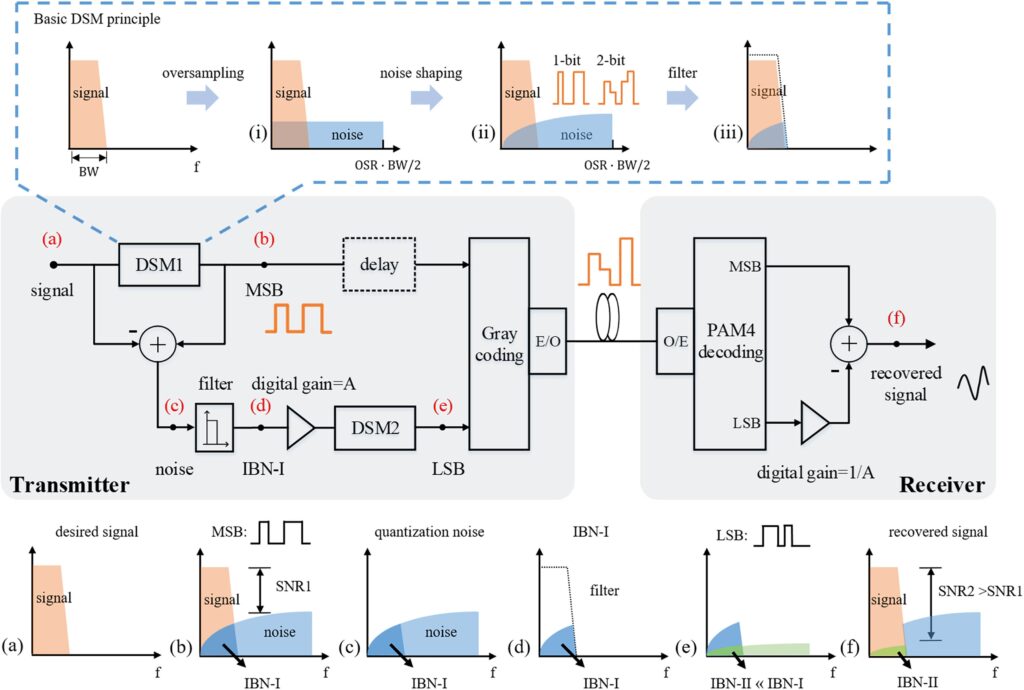

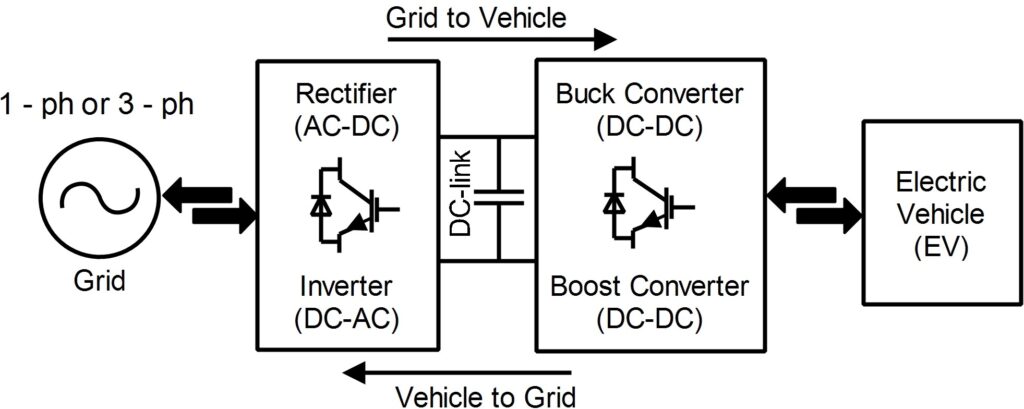

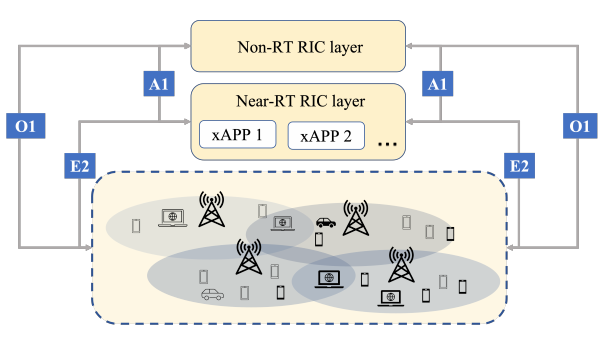






Responses